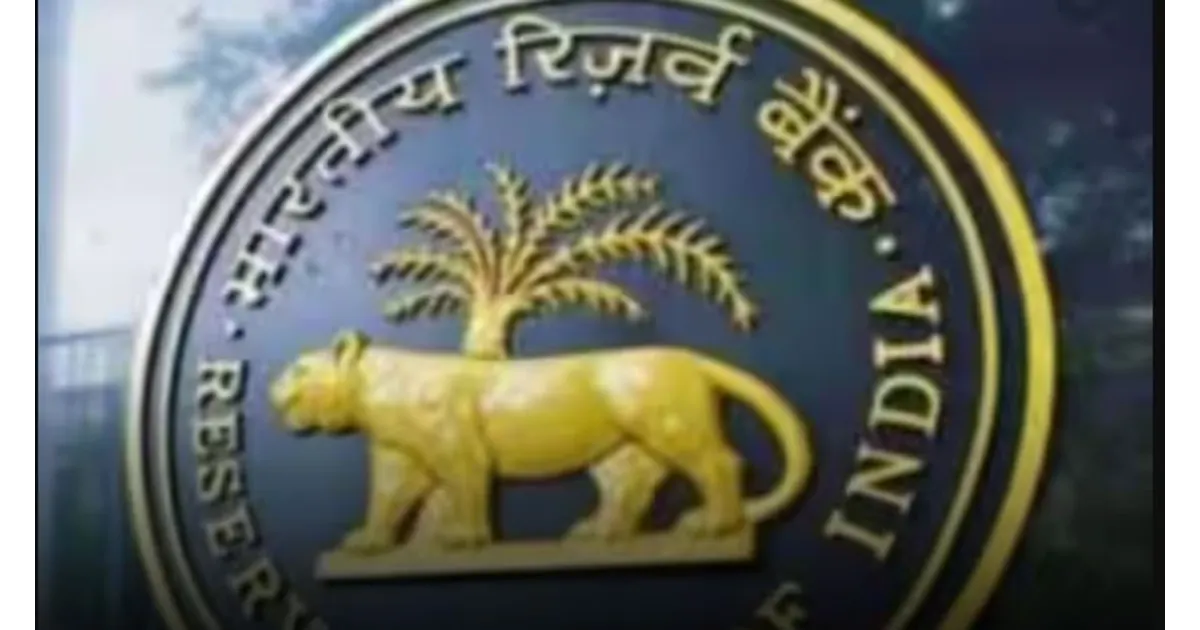
Economic Resilience Amid Rising External Risks
RBI Governor Sanjay Malhotra, in his latest monetary policy review, highlighted emerging trade and tariff-related risks that could potentially challenge India’s economic growth trajectory. While reaffirming confidence in the domestic economy’s resilience, he cautioned that external pressures—particularly global uncertainties and tariff developments—may hinder growth in the latter half of FY2025-26 and beyond.
U.S. Tariffs Add Pressure to Growth Projections
Governor Malhotra’s remarks come at a time of rising trade tensions, notably with the United States under the Trump administration imposing steep 50% tariffs on Indian exports. Of this, 25% are reciprocal tariffs, while the remaining 25% are reportedly tied to India’s ongoing crude oil imports from Russia.
Although trade negotiations between India and the U.S. are underway, major sticking points remain unresolved. India continues to resist opening its agricultural and dairy sectors to American imports, even as its crude trade with Russia adds complexity to the situation.
GST Cuts Insufficient to Counteract Tariff Impact
Speaking at the post-policy press conference, the Governor emphasized that while the recent GST rate rationalizations are welcome, they will not sufficiently counterbalance the adverse effects of the 50% U.S. tariffs. He added that the RBI’s latest projections have factored in the continuation of these tariffs, influencing a downward revision in GDP forecasts for the second quarter.
Tariff Uncertainty and Geopolitical Volatility Cloud Outlook
“Persistent uncertainty in global trade policy and rising geopolitical tensions are likely to dampen external demand,” Malhotra noted. He warned that heightened investor risk aversion and international financial market volatility pose additional downside risks to India’s growth outlook.
Nevertheless, the Monetary Policy Committee (MPC) maintained a cautiously optimistic stance. Domestic economic activity remains strong, supported by factors such as a favorable monsoon, easing inflation, the positive impact of GST reforms, and potential room for monetary easing.
Revised Growth Forecasts for FY2025-26
Despite resilience in domestic demand, growth remains below aspirational targets. Governor Malhotra acknowledged that while the current fiscal year’s overall growth estimate has been revised upward, projections for Q3 and subsequent quarters have been moderately lowered due to persistent external headwinds.
Still, recent policy reforms, including GST rationalization, are expected to cushion the blow. Accordingly, the RBI now projects real GDP growth for FY2025-26 at 6.8%, broken down as follows:
- Q2: 7.0%
- Q3: 6.4%
- Q4: 6.2%
- Q1 of FY2026-27: 6.4%
The governor emphasized that risks to this forecast remain “evenly balanced.”
RBI Keeps Repo Rate Unchanged Amid Caution on Policy Impact
Repo Rate Held Steady at 5.5%
In a unanimous decision, the Monetary Policy Committee chose to maintain the repo rate at 5.5%, reflecting a wait-and-watch approach amidst evolving global and domestic conditions.
Governor Malhotra explained that while macroeconomic indicators and inflation trends offer room to support growth, the full impact of earlier policy actions is still unfolding. “It is prudent to allow time for recent fiscal and monetary measures to take effect before initiating new changes,” he stated.
Focusing on Stability While Supporting Growth
Even with the external environment deteriorating since the August policy review, the Governor reaffirmed that the Indian economy is well-positioned for high growth. The recent decline in inflation has created more policy flexibility, enabling the RBI to support economic momentum without compromising its core mandate of price stability.
However, the central bank remains cautious. “Trade-related uncertainties continue to unfold,” he said, justifying the decision to keep the repo rate unchanged until there is greater clarity.






